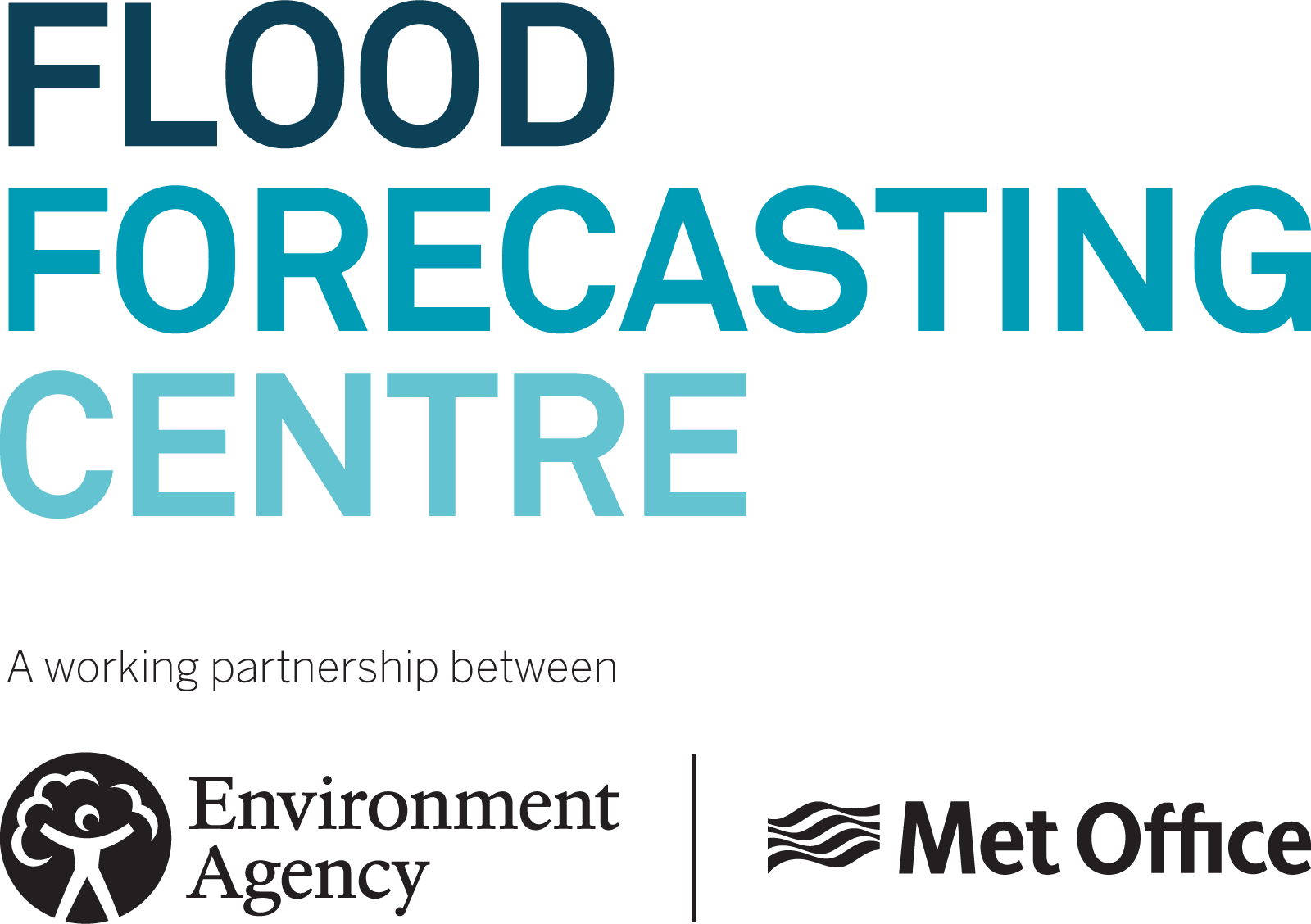Accessible documents policy
What the Flood Forecasting Centre is doing on accessibility and how it plans to meet the accessibility regulations.
Accessible documents at the Flood Forecasting Centre
This policy explains how accessible the documents the Flood Forecasting Centre (FFC) publishes on GOV.UK are. It covers PDFs, spreadsheets, presentations, and other types of documents. It does not cover content published on GOV.UK as HTML. The main GOV.UK accessibility statement will cover that.
Using our documents
The FFC publishes documents in a range of formats, including:
-
PDF
-
OpenDocument formats (for example .odt or .ods)
We want as many people as possible to be able to use these documents. For example, when we produce a document we:
-
provide an HTML option where possible
-
avoid using tables, except when we’re presenting data
-
write in plain English - although some content contains legal or other technical language
-
include text alternative alongside non-decorative images, so people who cannot see them understand what they’re there for
-
tag headings and other parts of the document, so screen readers can understand the page structure
-
make document titles clear and meaningful
-
use descriptive link text so people understand the purpose of each link
-
avoid writing instructions that rely on visual cues
How accessible our documents are
New documents we publish and documents you need to download or fill in to access one of the services we provide should be accessible.
What to do if you cannot use one of our documents
If you need a document we’ve published in a different format:
-
call 0330 135 4400, Monday to Friday 8am to 6pm - find out about call charges
We’ll consider the request and get back to you in 10 working days.
Reporting accessibility problems with one of our documents
We’re always looking to improve the accessibility of our documents. If you find any problems that are not listed on this page or you think we’re not meeting accessibility requirements, contact FFCenquiries@environment-agency.gov.uk.
Enforcement procedure
The Equality and Human Rights Commission (EHRC) is responsible for enforcing the Public Sector Bodies (Websites and Mobile Applications) (No. 2) Accessibility Regulations 2018 (the ‘accessibility regulations’).
If you’re not happy with how we respond to your complaint, contact the Equality Advisory and Support Service (EASS).
Technical information about the accessibility of our documents
The FFC is committed to making our documents accessible, in accordance with the Public Sector Bodies (Websites and Mobile Applications) (No. 2) Accessibility Regulations 2018.
The documents the FFC publishes are partially compliant with the Web Content Accessibility Guidelines version 2.1 AA standard, due to the non-compliances listed.
Non accessible content
The content listed below is non-accessible for the following reasons.
Non compliance with the accessibility regulations
A few of our documents have diagrams with no text alternative. The information in these diagrams is not available to people using a screen reader. This does not meet WCAG 2.1 success criterion 1.1.1 (non-text content). We plan to add text alternatives for all diagrams.
A few of our documents have diagrams that do not meet the colour contrast ratio of at least 3:1. These diagrams may be difficult to see, or completely missed, by people with a visual impairment. This does not meet WCAG 2.1 success criterion 1.4.11 (non-text contrast). We plan to fix our diagrams to meet colour contrast requirements.
A few of our documents have diagrams that use colour as the only means of conveying information. The information in these diagrams may not be perceived by users with colour vision deficiencies. This does not meet WCAG 2.1 success criterion 1.4.1 (use of colour). We plan to fix this so information is not only conveyed through colour, but also by another visual means.
A few of our documents are published in an unstructured PDF. Headings, list items and paragraphs may not be recognised by a screen reader. This does not meet WCAG 2.1 success criterion 1.3.1 (info and relationships). We plan to provide HTML alternatives to these documents.
A few of our documents are published using tables to lay out text in columns on the page. This often hides content from the navigation pane or table of contents. This does not meet success criterion 2.4.6 (headings and labels) or success criterion 1.3.1 (info and relationships). We will make sure that tables are not used to lay out text.
How we developed our website
We launched our new GOV.UK website in July 2021, to benefit users access needs and follow accessibility standards.
The new website aims to:
-
improve accessibility
-
support reading
-
ease navigation
-
present information about the FFC more clearly
So far, we have published:
-
information on FFC services
-
our strategic plan
-
our annual review
-
user guides and training videos
What we’re doing to improve accessibility
The FFC is:
-
updating PDF documents to an accessible format
-
creating reports as HTML rather than PDF
-
raising awareness across the organisation of the accessibility requirements
This page was prepared on 26 October 2022.
